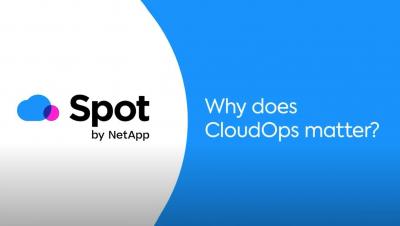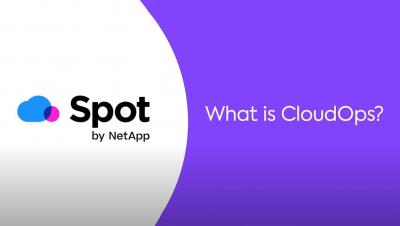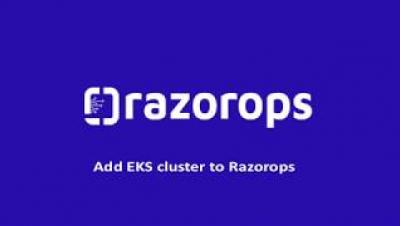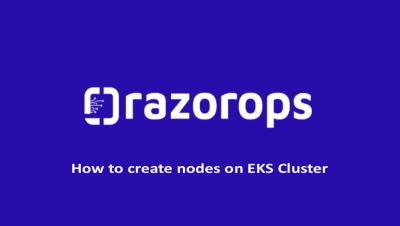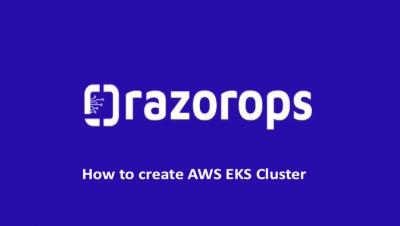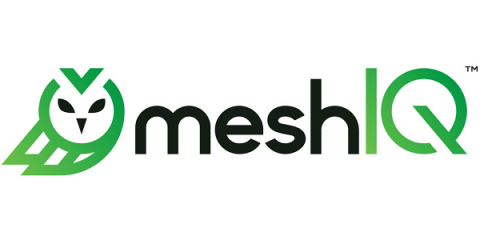Operations | Monitoring | ITSM | DevOps | Cloud
Cloud
The latest News and Information on Cloud monitoring, security and related technologies.
Razorops: Link EKS Cluster to Razorops
Razorops: Create Nodes on EKS Cluster
Razorops: Create AWS EKS Cluster from amazon console.
Interoperability a long way off as enterprises target multicloud
Clouds remain segmented, leaving businesses little recourse for how to best navigate complexity. The multicloud movement has flavors to it. Intentional or accidental, an enterprise can blend a kaleidoscope of infrastructure services with existing software tools. IaaS requirements can tag along with SaaS adoption, easily creating a multicloud environment before technology teams can consider the sprawl.
What is Web3 Technology: A Promising New Internet or a Naive Pipe Dream?
What the heck is Web3 and why is everyone and their mother talking about it? In short, Web3 is a decentralized web-based on blockchain technology. What that means, how Web3 actually functions, and what it means for the future of the internet is a bit more complicated… To understand what makes Web3 so special and so different, we first need to understand why it's called “Web3” and what came online before it.
Canonical and CoreSpace Announce Partnership To Offer Organizations 'One-Stop Shopping' for Private Clouds
February, 8th 2022 — Canonical, the publisher of Ubuntu, and CoreSpace, a leading Infrastructure-as-a-Service provider, announced a partnership today that makes it easier and more economical for organizations to set up, customize, and manage private clouds. Hybrid or multi-cloud environments that allow organizations to run workloads where it makes the most sense have become common in the modern enterprise.
Cloud Storage vs. Cloud Backup: Know the Difference
The cloud has become a core component of Information Technology because of its flexibility, affordability, and ease of use. Software is run via cloud subscription models, reducing time to market and simplifying distribution. Entire offices have moved into the cloud, allowing teams of all sizes to collaborate and communicate remotely. Beneath it all, files and data are stored and shared in the cloud where it’s readily accessible across devices.


